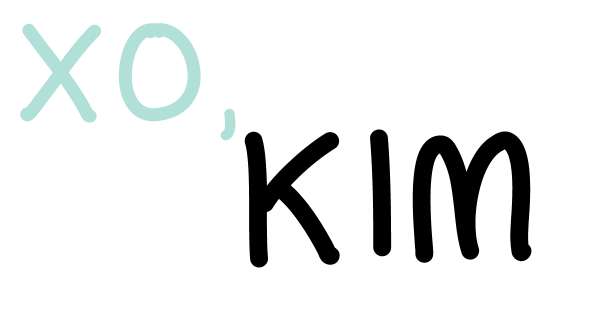You have an exciting idea for an article, or you want to snag your first B2B content marketing client, but you don’t know how to reach out to an editor.
I’ve been there, and it’s not fun.
I want your freelancing journey to get off to a smooth start, and if you don’t know how to write a pitch email for an article, it can be tough. So here are two pitch email examples I sent out at the beginning of my freelancing journey. Don’t copy them word-for-word. The subject matter has already been written about and paid for, so that method won’t do you any good.
These examples are for you to understand how to structure a cold email and break the ice with your own stellar ideas and remarkable clips!
Example #1

Pretty straight to the point, isn’t it?
I sent that email to a “pitches(at)outletname.com” address, and was contacted a few days later to write my first paid piece for that particular website. It wasn’t my first ever written work, I used to work for various local TV stations and CNN, but it was the first assignment I picked up from a cold email pitch.
I included a link to my journalism portfolio site, my story idea, and my primary social media contact. In this case, it was enough!
Example #2

This email was sent after the editor specifically called for submissions from Black writers on Twitter. It turned into the beginning of a great working relationship between myself and the editor, and he now contacts me about pieces he’d like written in the future.
Notice I included a short blurb about me in the email, as a way of introducing myself. I didn’t have many clips in the tech niche yet, but I wanted to draw attention to my other writing and journalism experience early in the email.
In addition to the short pitch, I also included my proposed word length. The piece ended up being nearly 900 words long at the editor’s discretion as we reworked the angle a bit.
I also included a deadline for the editor. This gave him an out, in that if he chose not to respond (and many do and will!) he didn’t have to bother writing a rejection letter, and I was free to take my idea elsewhere. It also let him know that he needed to jump on my idea ASAP or it would be taken to another outlet.
Again, I included my verified Twitter account and portfolio link to verify who I am and show my background.
Suggestion
If you have clips (work examples) that are related to the subject you’re pitching, include a few of those in your cold email. It’s important to show editors you can write and write well, and work samples will do that quickly and efficiently.
If you’re just starting your freelance journey and you don’t have any clips or work samples from publications, make your own! Start a free WordPress blog and write a few articles of different lengths about your niche topic, and send those in your cold email pitches until you pick up some paying work.
Conclusion
My pitching format changes depending on the client and the subject matter, but I always start with a sample headline for my “Pitch: XX Idea” email subject line, and I always sign off with my Twitter account in my signature.
In between, I include the pitch itself, my portfolio website link, and links to at least three related works I’ve written recently.
Assuming you already have some pitch ideas, you now have everything you need to start pitching clients!
About Me
I’m Kim Key, a journalist and content marketing writer. I want to help you get more gigs or start your freelancing journey!
Learn how to become a freelancer with my FREE guide!

